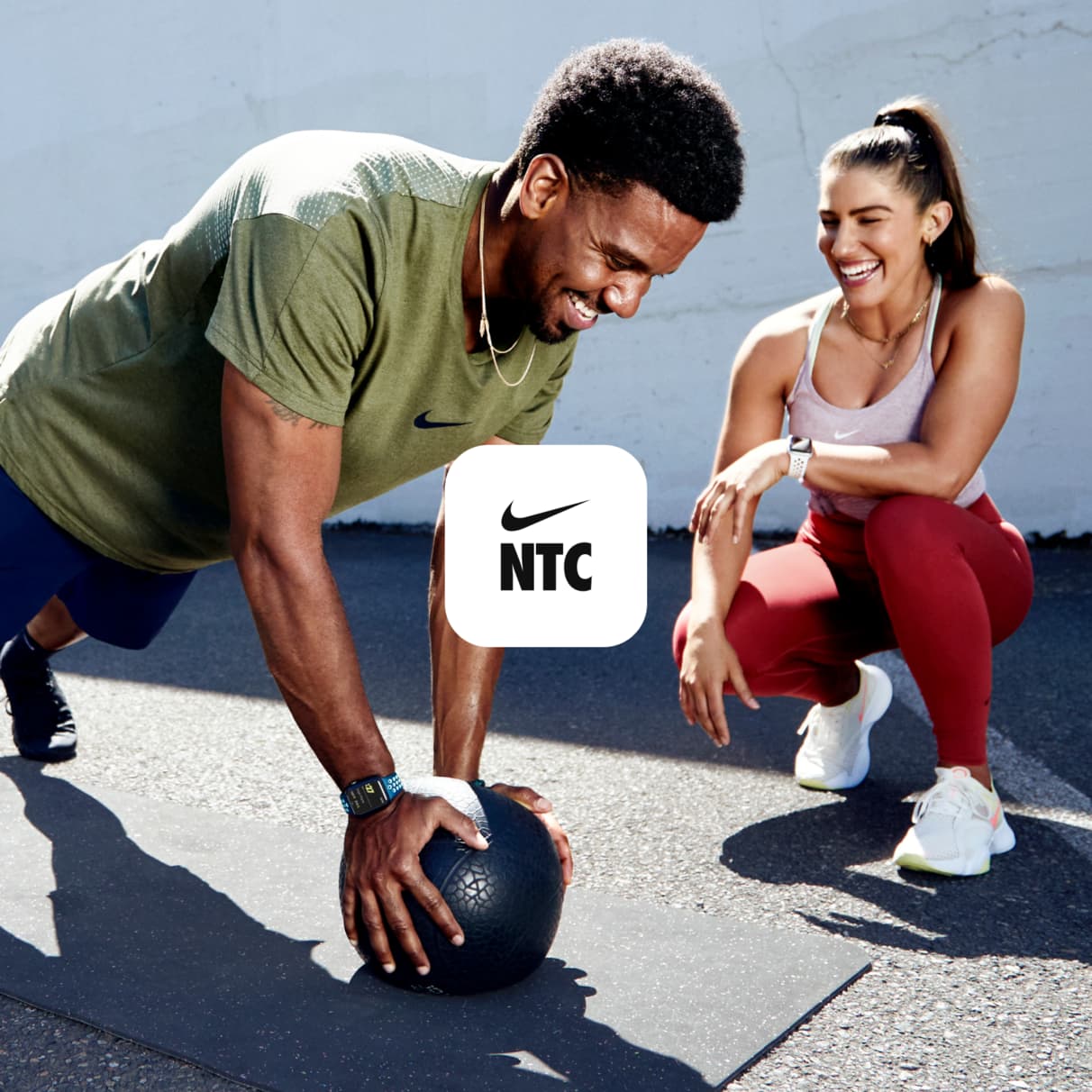Is It a Stress Fracture or Shin Splints? Here's What To Know
Health & Wellness
Experts explain what each injury is, how they're related and what to do if you experience either.

When you're in the midst of training for a competition, for a race or to reach another personal goal, some workouts may feel like a grind. And while crushing a sweat sesh is important, carving out time for rest, self-care and recovery is paramount for performance—and for longevity to make sure you can keep doing what you love, how you love to do it.
If you constantly push past your limit, you may be at greater risk of burnout, not enjoying exercise and getting injured. There are a variety of injuries you can get from high-impact aerobic exercise—two of the most common overuse injuries? Shin splints and shin stress fractures.
What Are Shin Splints and What Causes Shin Splints?
Whether you've been running for years or are just getting started, you probably know that achy muscles and joints are inevitable. But pain, especially in your shins, shouldn't be ignored.
"Shin splints are considered to be pain and discomfort experienced in the legs from constant and repetitive running or activities that involve a lot of running", said Neil Panchal, MS, ACSM-CPT and an exercise physiologist at the University of California San Francisco Human Performance Center. The pain is usually brought on by exertion, he said.
"Shin splints happen when the muscles that are along the shin bone start to micro-tear at the bone a little bit", said Carly Graham Brady, DPT, running coach and owner of On Track Physical Therapy and Performance in Rochester, NY.
Overuse of the muscles that attach to the front of the shin, abnormal loading in the lower leg due to your hip position and improper running form can cause the muscle to micro-tear away and if the muscle begins to tear away from the bone, it will lead to shin splints, said Graham Brady.
More often than not, people experience shin splints on the medial side of the leg (the part of the shin that faces the other leg), Panchal said. You'll also more than likely to feel a burning sensation and tenderness along the muscle and shin, Graham Brady said.
The cause of shin splints isn't exact, according to Panchal, but "many clinicians state that they are caused by over-usage without adequate rest periods to allow the muscle-bone relationship to strengthen".
Shin splints can also occur when you've changed your training programme, for example, adding more sprints or hill work into your routine. Worn-out footwear (typically when you hit the 300- to 500-mile mark) that no longer provides support and increasing your training load too soon can also lead to shin splints, Graham Brady said, due to the lack of strength and support that can overtax certain muscles as a result. (Don't miss How To Increase Your Running Mileage Without Getting Injured, According to Experts!)
Another less common (and often ignored) culprit behind shin splints are tight hips, Graham Brady said.
"When your hips stop working as well as they should, other muscles start to take over", she said, adding that if muscles aren't working properly and you aren't able to achieve full hip extension, the muscles in the lower leg will take over and "whatever's hitting the ground will start to work harder because what's happening up top is not working as hard or as well as it should".
Stressing your bones and muscles is necessary to get stronger and improve your overall performance, but there's one major caveat.
"If the bone and muscle has not successfully adapted to the continuously increased stresses being placed on them, they may begin to get inflamed, causing shin splints, or more severe damage may be caused, leading to a stress fracture", Panchal said.
Signs and Symptoms of Shin Splints
It can be hard to tell whether you're simply achy from a great training session or if there's something more serious to be concerned about when attempting to diagnose shin splints. According to Panchal, the primary symptoms of shin splints include dull pain, soreness and tightness around the tibia (the shin bone) during and after exercise. People also tend to have tender and tense shins, and for those with more severe cases, the pain often travels down the affected leg.
How To Prevent and Treat Shin Splints
Shin splints can be uncomfortable and annoying, especially when you've been posting great workouts. One of the easiest ways to treat and prevent shin splints is to get adequate rest and properly warm up and cool down before and after exercise. Reminder: there's minimal reward for doing intense workouts all the time.
Graham Brady recommended foam rolling your anterior tibialis (the muscle along the shin) before and after training as well as your calves and lower leg to increase blood flow and to move tissue around to loosen up whatever may be tight and overworked in the lower leg. She also recommended compression therapy, such as wearing compression socks or using a compression device, such as compression boots.
Trainers have differing views on whether heat or ice is the best way to ease symptoms associated with shin splints. For example, Panchal recommended icing before and after exercise to help decrease inflammation, while Graham Brady suggested opting for heating over icing, as it can improve blood flow throughout the affected area.
"Blood flow helps flush out inflammation and brings fresh blood to the area to aid with healing and that will actually help flush things through so that you will heal quicker versus ice", he said.
To be clear, ice isn't bad and may help with pain relief, but it can make the healing process "stagnant" and doesn't help with inflammation, Graham Brady said. In short, it's best to work with a licensed professional and decide what methods are best for you and your needs and goals.
Replacing your footwear when it becomes worn down can also help prevent or decrease flare-ups, along with adding insoles to your shoes to provide more cushion and support. Making changes to your gait to improve your mechanics can also help prevent and decrease symptoms of shin splints.
Graham Brady also recommended working with a physiotherapist who can do a movement analysis and look at what's happening above the shin, from the hips down, and at the foot to see if there is something, such as tight hips or a tight foot, that is causing the shin to overwork. Additionally, she recommended focusing on mobility exercises above and below the point of pain.
According to Panchal, taking time to add movement into your routine is another great option to prevent and treat shin splints. Specifically, try movements that strengthen the shins and improve your range of motion of the lower extremities and feet—balance exercises like Calf Raises, Hip Hikes, Step-Ups, Bridges and overall leg strengthening are crucial, he said.
RELATED: 7 Stretches for Shin Splints
Stress Fracture vs Shin Splints: The Main Differences
Shin splints and stress fractures often get categorised as the same thing, Panchal said, explaining that the main differences are that, while shin splints are caused by inflammation of the muscle tissue, stress fractures are micro-fractures in the bone caused by continuous inflammation from overuse or overtraining.
"Both are caused by overload. However, stress fracture pain may be felt in a smaller region or area on the body, whereas shin splints may be felt in a wider surface area. The pain from shin splints may taper off after properly warming up, whereas stress fracture pain will be felt throughout the entire session—before and after as well", he said.
If too much micro-tearing occurs at the bone, leading to the muscle tearing away from the bone, it can impact the integrity of the bone, leading to a stress fracture, Graham Brady said.
What a Stress Fracture Is and What Causes It
Shin splints and stress fractures can present similarly but aren't the same. Stress fractures are caused by repetitive stress on the bones and muscles. These micro-fractures are developed by inadequate rest and limited recovery periods, which can prohibit the bone and muscle to optimally repair, Panchal said.
To withstand the greater forces being placed on them during exercise and for general bone development, the bones need time to recover and strengthen. Without proper recovery time, the bone isn't able to develop a strong matrix to allow you to run faster, longer or even lift more weight, which leads to microfractures developing, Panchal said. Additionally, certain conditions such as osteoporosis can contribute to stress fractures over time.
Signs and Symptoms of Stress Fractures
"Stress fractures [feel] pretty sharp and pinpoint", Graham Brady said. And unlike shin splints, the pain won't go away with exercise and is often felt as you walk and do activity "because the bone integrity itself has been disrupted", she said.
Similar to shin splints, common signs and symptoms of stress fractures include moderate to severe pain around the area of injury, Panchal said, adding that pain before, during and after physical exertion is common. "More specifically, pain during movement and tenderness around the area, along with swelling, is also seen", he said.
How To Prevent and Treat a Stress Fracture
To prevent a stress fracture, it's imperative to have proper periodisation in your training programme, meaning proper rest periods, off days and adequate recovery sessions are all programmed into your weekly routines, Panchal said.
"For novice individuals, this means not progressing in speed or duration too quickly or quickly upping the overall intensities of your workouts", he said.
Additionally, focusing on proper nutrition to aid in recovery is also a "key factor that needs to be considered" when designing your routines, Panchal said.
Graham Brady said that consulting an expert is the best investment. She also advised including low-impact activities such as swimming, cycling, hip mobility and mat work.
In the event that you do have a stress fracture, your clinician will more than likely recommend a support device to immobilise the affected area for a certain period of time, like using a walking boot or crutches, Panchal said. You may also be instructed to pause all training that causes pain until your pain has subsided.
To rehabilitate the stress fracture, you'll more than likely do low-impact activities such as running on an anti-gravity treadmill, underwater treadmill, cycling or swimming. The clinician you're working with will also probably implement basic strength-training exercises and stretches into your routine specific to the affected musculature.
The key: check with your doctor or another licensed medical professional to provide a personalised programme to get you back on your feet.
The Bottom Line
Whether you have shin splints, a stress fracture or none of the above, "I would tell people don't wait, in general. If you start to feel something abnormally happen, figure out what's causing it early so that you can get back to what you love doing quicker", Graham Brady said.
It's also imperative to do preventative work—pain or no pain.
"I would always just tell people to do mobility in your hips and your ankles that are specific to the sport or activity you're doing. So if you're trying to run, you want to stretch and move your body and strengthen your body in the way you're going to use it … strengthen the patterns that you're going to do in your activity so that you don't wear yourself out to the point that you have no stability left", Graham Brady said.
Focusing on the basics that many people often find mundane, like warming up, cooling down, getting massages and specific strength exercises catered to the activities you participate in can help prevent shin splints, stress fractures and other injuries.
Words by Tamara Pridgett
